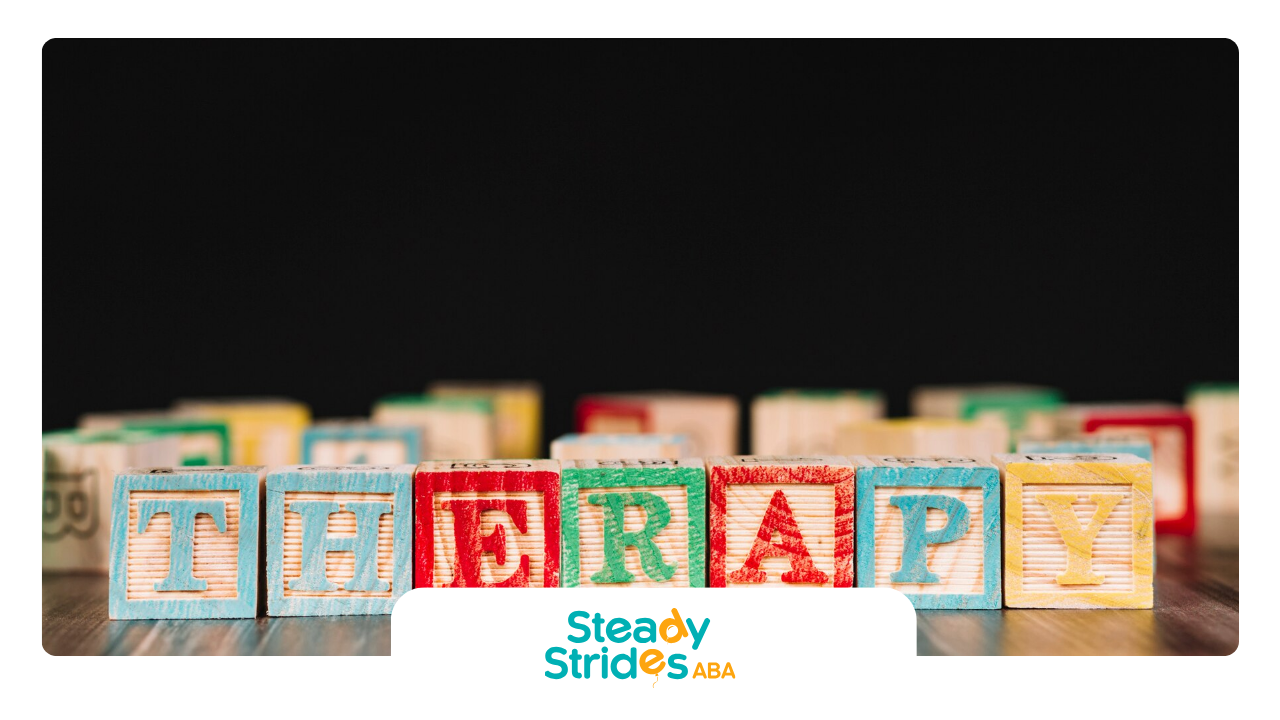The SPELL Autism Framework is a holistic approach developed by the National Autistic Society. SPELL stands for Structure, Positive Approaches and Expectations, Empathy, Low Arousal, and Links. This framework is widely recognized for its effectiveness in creating supportive environments that enhance the well-being and development of autistic individuals.
In this blog post, we will explore each component of the SPELL framework, its benefits, and how it can be integrated into autism therapy.
What is the SPELL Autism Framework?
The SPELL Autism Framework is a comprehensive approach that emphasizes creating structured, empathetic, and low-arousal environments tailored to the specific needs of individuals with autism. It aims to promote positive outcomes by fostering understanding and providing appropriate support.
The Components of SPELL
The SPELL framework consists of five key components: Structure, Positive Approaches and Expectations, Empathy, Low Arousal, and Links. Each component plays a crucial role in supporting autistic individuals.
Structure
Structure refers to the organization and predictability in an individual's environment. Autistic individuals often thrive in structured settings where routines are clear, and expectations are consistent. Implementing structure can involve:
- Visual Schedules: Using visual aids to outline daily routines and activities.
- Consistent Routines: Establishing and maintaining consistent daily routines.
- Clear Instructions: Providing clear, concise instructions to reduce confusion.
Positive Approaches and Expectations
Positive approaches involve fostering a positive attitude and setting realistic, yet high expectations for autistic individuals. This component emphasizes:
- Positive Reinforcement: Encouraging desired behaviors through positive reinforcement.
- Strength-Based Approaches: Focusing on the individual's strengths and abilities.
- Encouragement: Providing encouragement and support to build confidence.
Empathy
Empathy involves understanding and validating the feelings and experiences of autistic individuals. This requires:
- Active Listening: Listening attentively and validating their feelings.
- Understanding Sensory Needs: Being aware of sensory sensitivities and accommodating them.
- Personalized Support: Tailoring support to meet individual needs and preferences.
Low Arousal
Low arousal environments minimize sensory overload and stress. Creating such environments involves:
- Reducing Sensory Stimuli: Minimizing loud noises, bright lights, and crowded spaces.
- Calm Spaces: Providing quiet, calming spaces for relaxation and self-regulation.
- Predictable Environments: Ensuring environments are predictable and free from unexpected changes.
Links
Links refer to establishing connections between various aspects of an individual's life, including home, school, and community. This component focuses on:
- Collaboration: Working collaboratively with family members, educators, and therapists.
- Consistency: Ensuring consistent approaches and strategies across different settings.
- Community Involvement: Encouraging participation in community activities and fostering social connections.
Benefits of the SPELL Autism Framework for Autistic Individuals
The SPELL framework offers numerous benefits for autistic individuals and those supporting them. These benefits include:
Enhanced Well-Being
By creating structured, low-arousal environments and fostering positive approaches, the SPELL framework enhances the overall well-being of autistic individuals. This approach helps reduce anxiety and stress, leading to improved mental health and emotional stability.
Improved Communication and Social Skills
The emphasis on empathy and positive reinforcement in the SPELL framework supports the development of communication and social skills. By providing personalized support and encouragement, individuals are better able to express themselves and engage with others.
Greater Independence
The structure and consistency provided by the SPELL framework promote independence. Autistic individuals learn to navigate their environments more effectively and develop skills that enhance their autonomy.
Better Educational Outcomes
In educational settings, the SPELL framework fosters an inclusive and supportive environment that enhances learning outcomes. By addressing sensory needs and providing clear instructions, students can focus better and achieve their academic goals.
Implementing the SPELL Framework in ABA Therapy
Integrating the SPELL framework into applied behavior analysis (ABA) therapy involves adopting its principles and tailoring them to individual needs. Therapists can incorporate SPELL by:
Personalized Assessment and Planning
Conducting thorough assessments to understand the unique needs and strengths of each individual. Developing personalized therapy plans that incorporate the components of SPELL.
Creating Structured Environments
Implementing visual schedules, clear routines, and structured activities to provide predictability and consistency.
Fostering Empathy and Understanding
Building strong, empathetic relationships with individuals and their families. Validating their experiences and providing emotional support.
Minimizing Sensory Overload
Designing therapy spaces that are calm and low in sensory stimuli. Providing sensory breaks and access to calming activities.
Encouraging Collaboration
Working collaboratively with families, educators, and other professionals to ensure consistency and holistic support.
Conclusion
The SPELL Autism Framework is a comprehensive approach that supports the unique needs of autistic individuals. By focusing on Structure, Positive Approaches and Expectations, Empathy, Low Arousal, and Links, the SPELL framework promotes well-being, independence, and positive outcomes.
At Steady Strides ABA, we are committed to integrating the principles of the SPELL framework into our therapy services. Contact us today to learn more about how we can support your child’s development and well-being.
FAQs
What is the SPELL framework in autism?
The SPELL framework is a holistic approach to supporting autistic individuals by focusing on Structure, Positive Approaches and Expectations, Empathy, Low Arousal, and Links. It aims to create supportive environments that enhance well-being and development.
How does the SPELL framework benefit autistic individuals?
The SPELL framework offers numerous benefits, including enhanced well-being, improved communication and social skills, greater independence, and better educational outcomes. It promotes acceptance, understanding, and tailored support.
How can I implement the SPELL framework at home?
You can implement the SPELL framework at home by creating structured routines, providing positive reinforcement, understanding and accommodating sensory needs, fostering empathy, and collaborating with educators and therapists.












